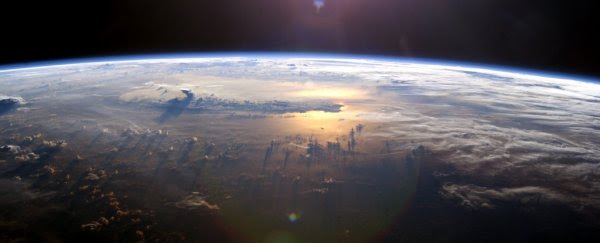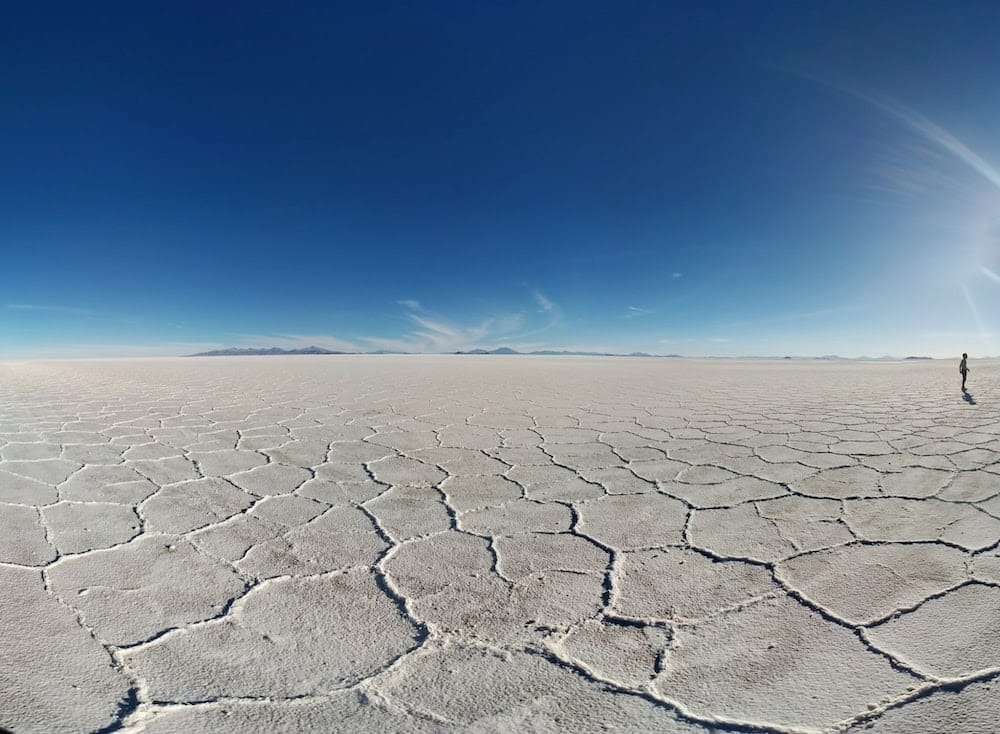
So far, five mass extinctions of species have been recorded since the creation of the Earth, and sixth mass extinction, associated with the current period, differs from the five previous mass extinctions in that it was mostly caused by man rather than nature. A new study shows that a mass extinction probably occurred 550 million years ago, just before the Cambrian period.
This would have been the Earth’s first mass extinction. The five mass extinctions already referenced occurred after the Cambrian, the period during which fauna and flora rapidly evolved on the surface of the globe. The first extinction occurred 450 million years ago, the second 375 million years ago, the third 250 million years ago, the fourth 200 million years ago and the fifth, the disappearance of the dinosaurs, 66 million years ago.
The new study, published in PNAS in November 2022, shows that the first mass extinction occurred well before these five extinctions, around 550 million years ago, during the Ediacaran period. At that time, life on Earth was essentially marine, and the fauna was made up of soft-bodied, multicellular organisms that were difficult to fossilize and of which few traces have survived to the present day.

Geological formations and the presence of certain fossils had already suggested that a mass extinction might have occurred, characterized by the disappearance of soft-bodied fauna and organisms with calcified skeletons. But this hypothesis remained debated, with some scientists believing that the disappearance of Ediacaran fauna from the fossil record could be due to a fossilization bias.
In the new study, scientists show that the first part of the Ediacaran period was characterized by an increase in biodiversity, with fossil analysis revealing a diversification in feeding habits, lifestyles and organism size, with, for example, the appearance of small, mobile animals on the ocean floor.
However, no further traces of this evolution were found from 550 million years ago, and more than 80% of species appear to have disappeared. For the authors of the study, this is not a fossilization bias, as all ecological niches, regardless of feeding mode or habitat zone, are affected in the same way. At the end of the Ediacaran, only fourteen species out of the seventy groups observed at the beginning of the period are still present, and no extinct species has been replaced.

Scientists have observed that most of the surviving animals are large, frond-like animals with a large surface area in relation to their volume. This characteristic indicates a maximum proportion of cells in direct contact with the seawater and suggests that oxygen levels in the water had dropped sharply.
Only these organisms with their particular morphology could have adapted to survive in an anoxic, oxygen-deprived environment. This hypothesis is corroborated by geochemical studies that show an oxygen-depleted environment at the end of the Ediacaran. For these reasons, and given the proportion of species that have disappeared, this transitional phase could amount to a sixth mass extinction on a par with the five already identified.




